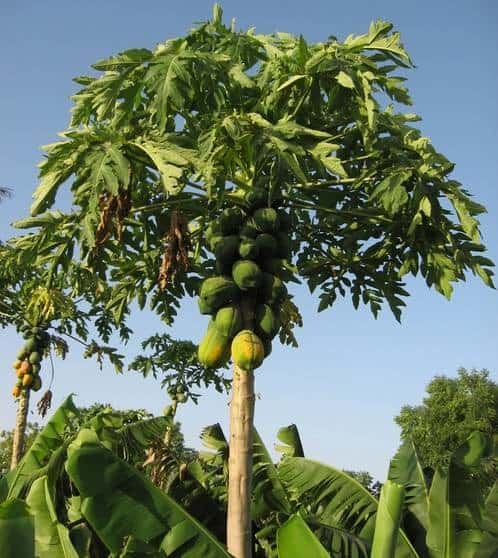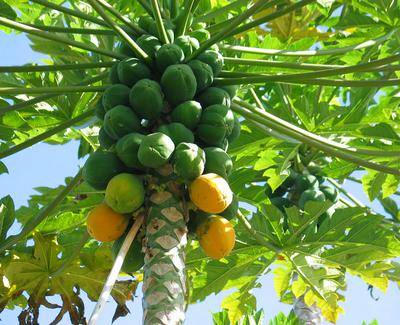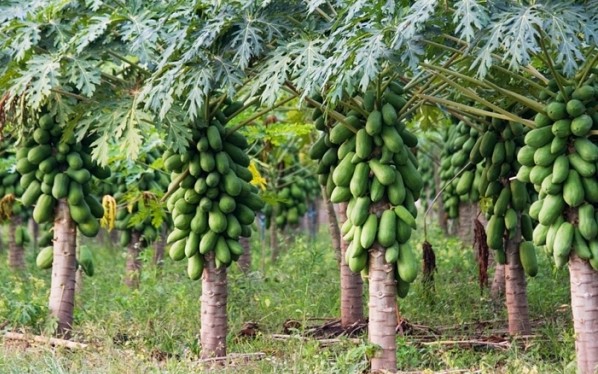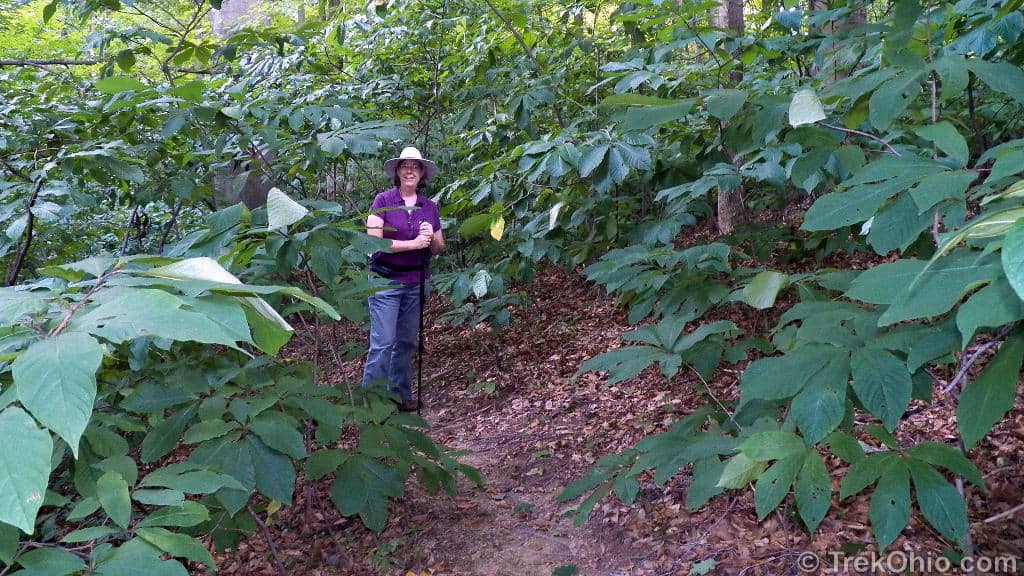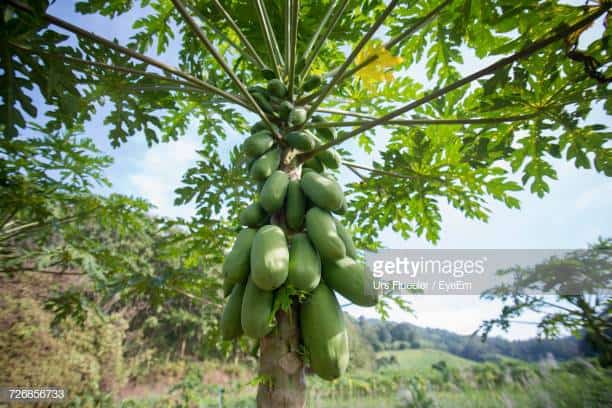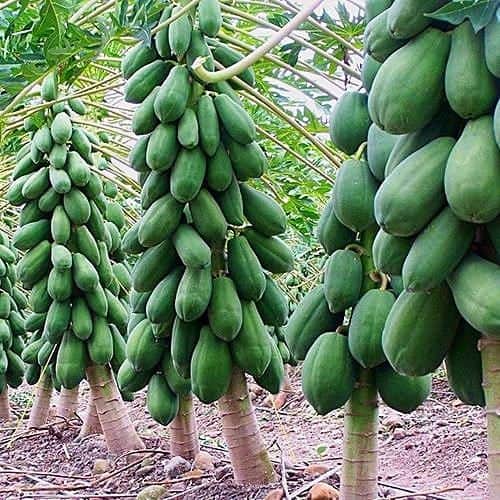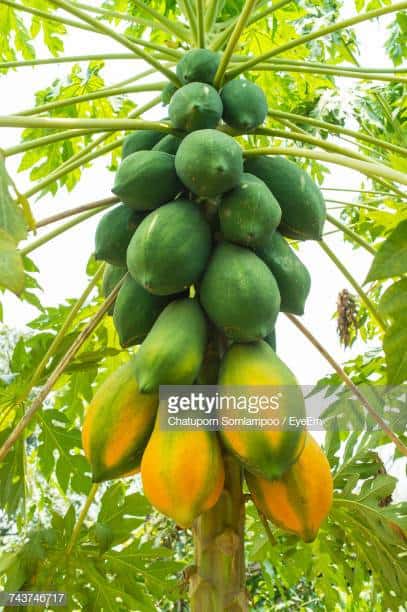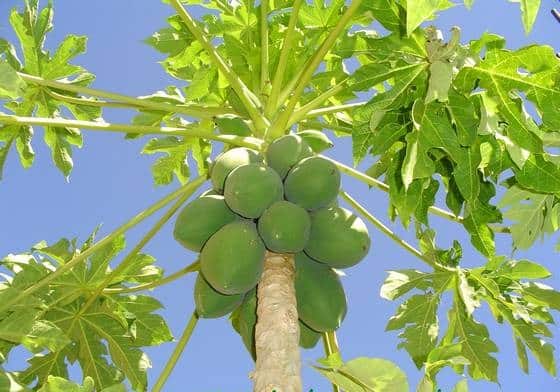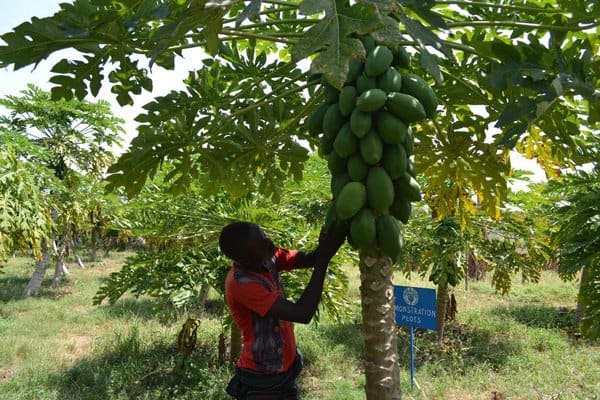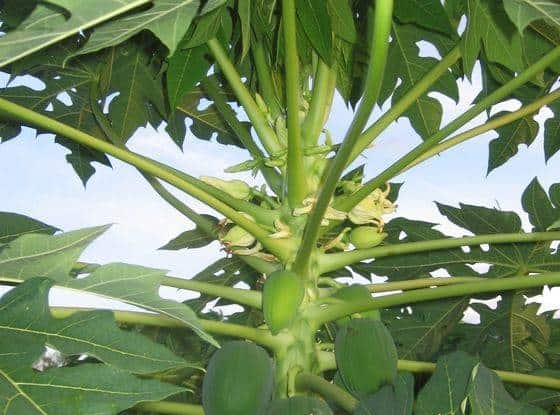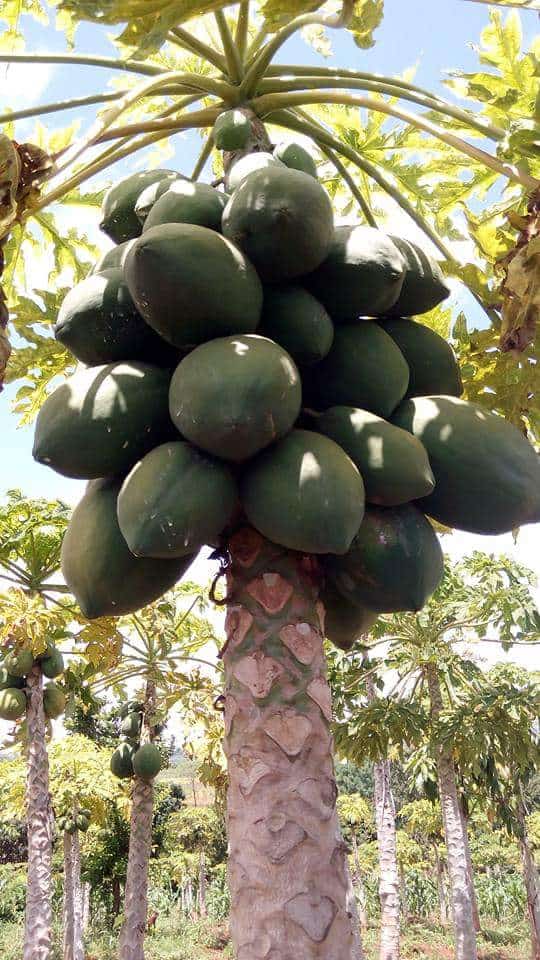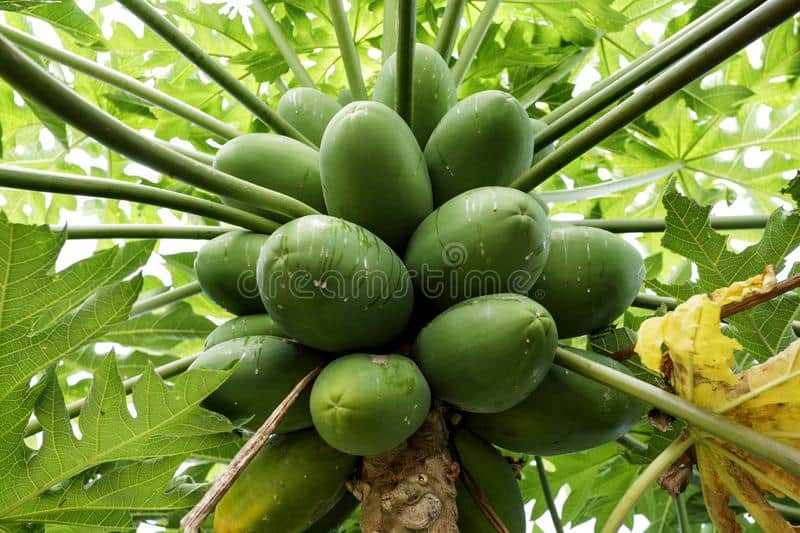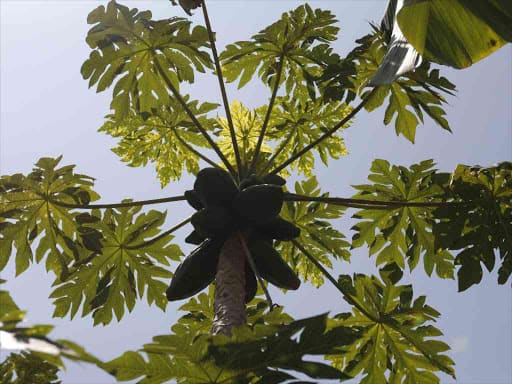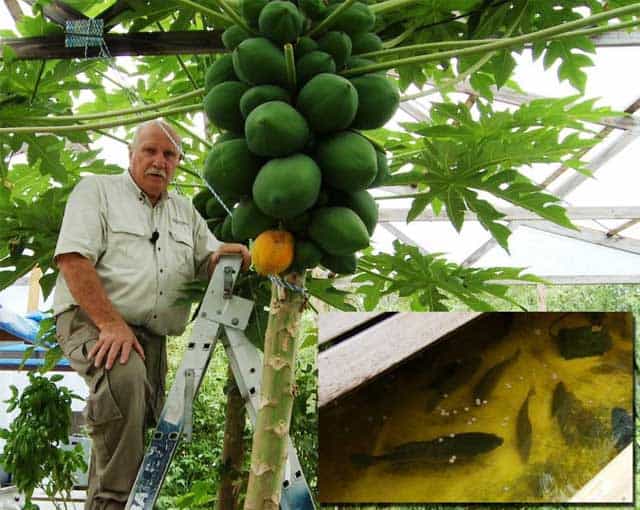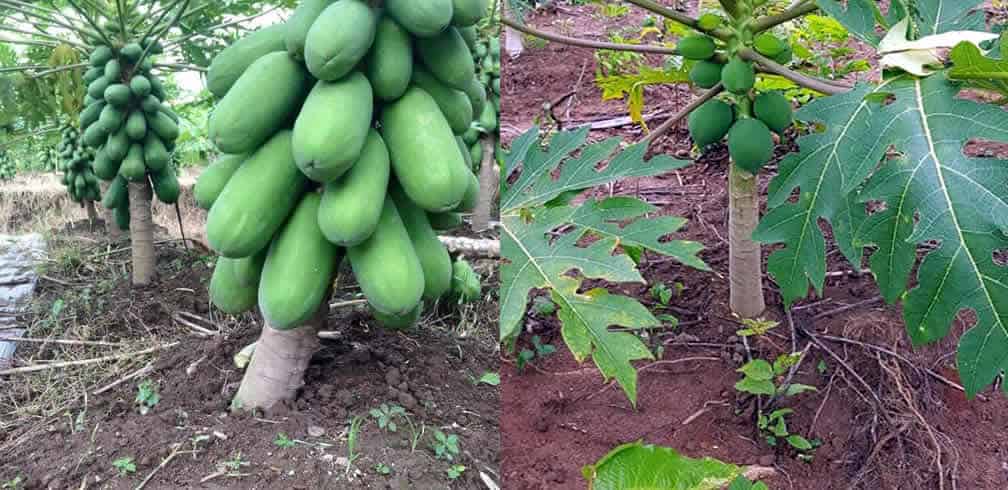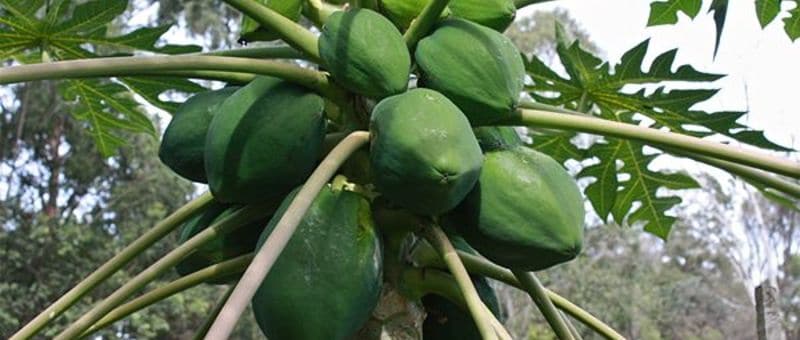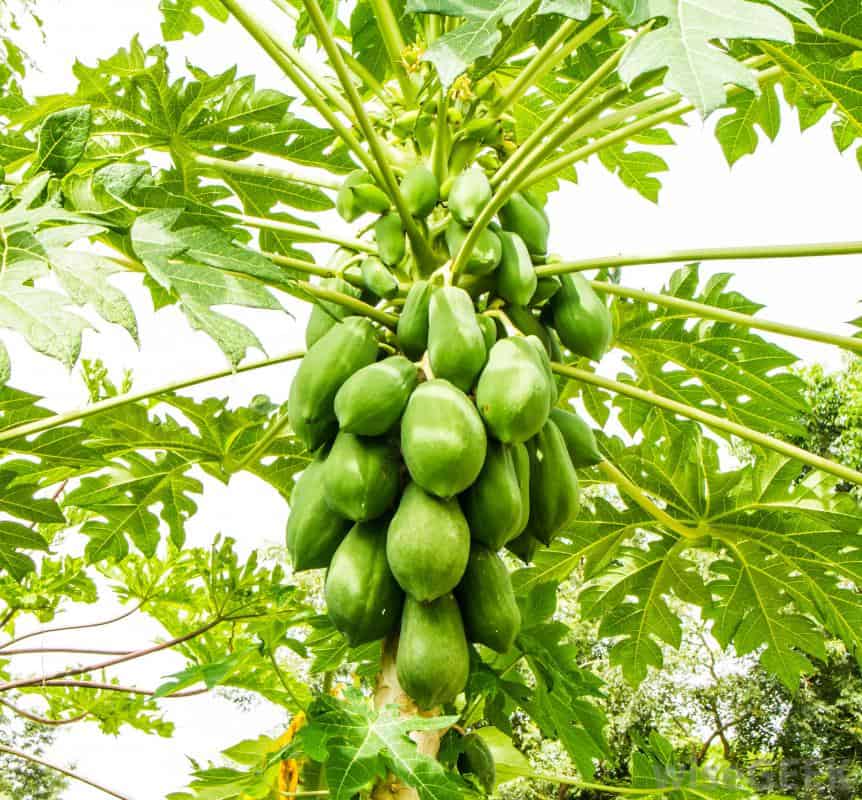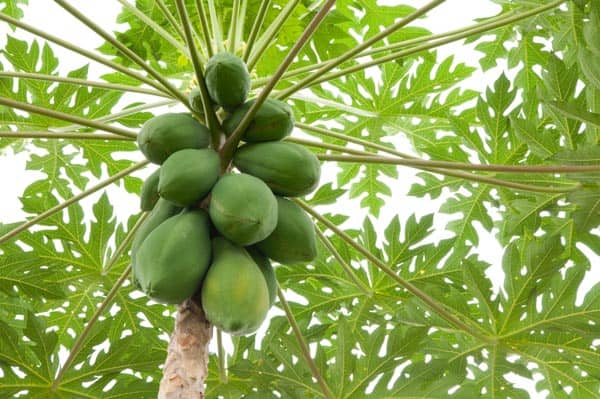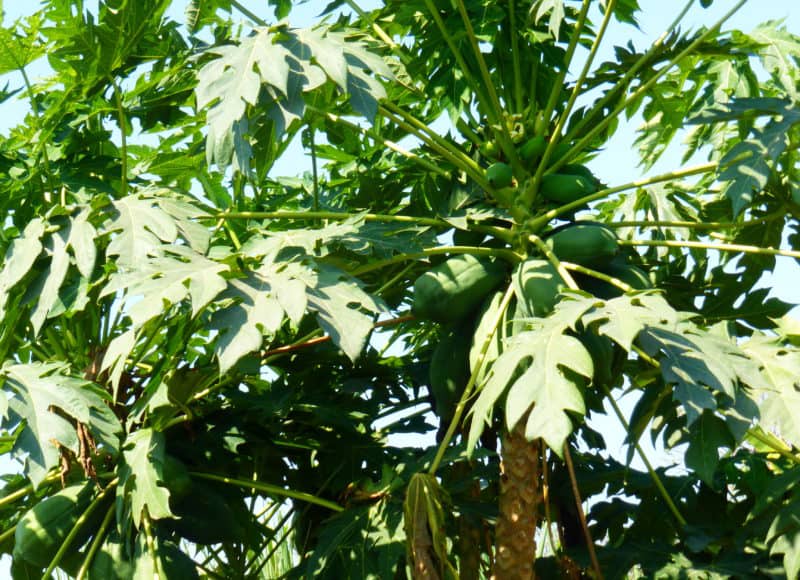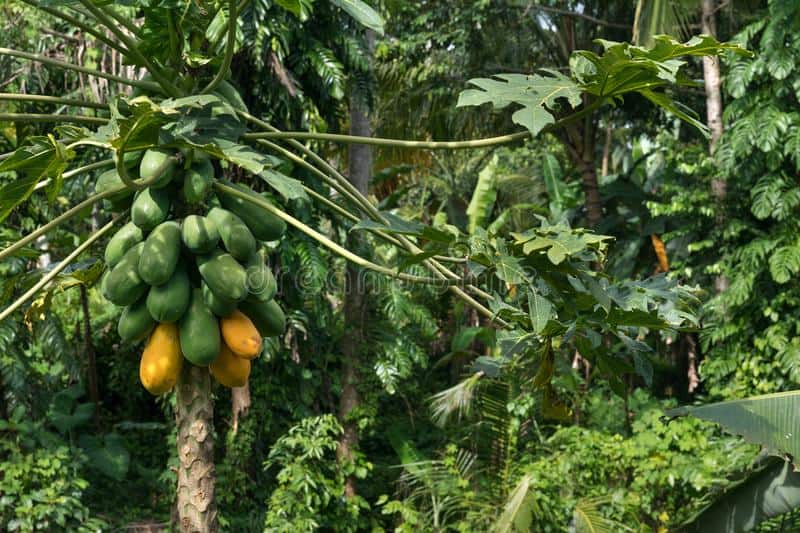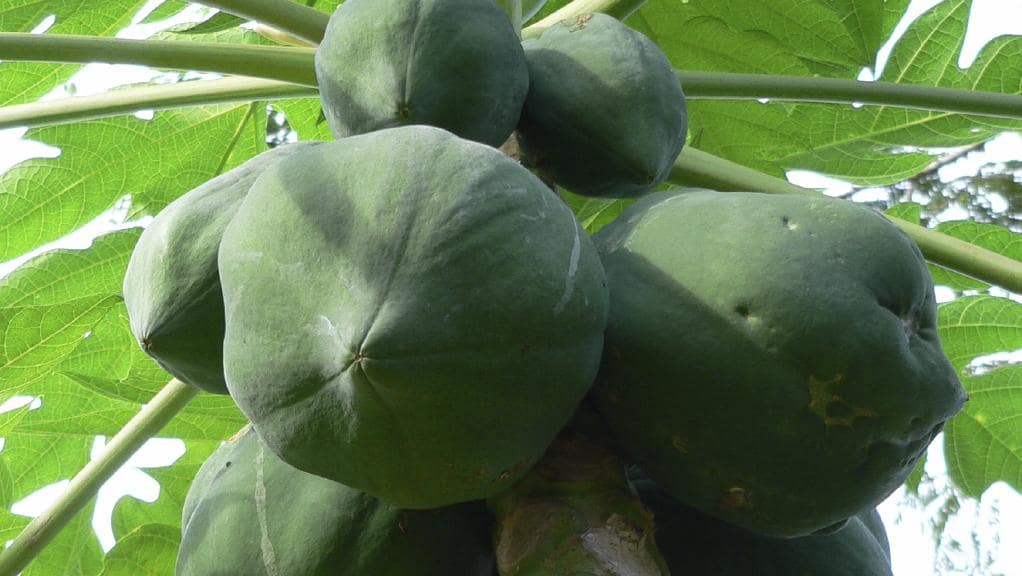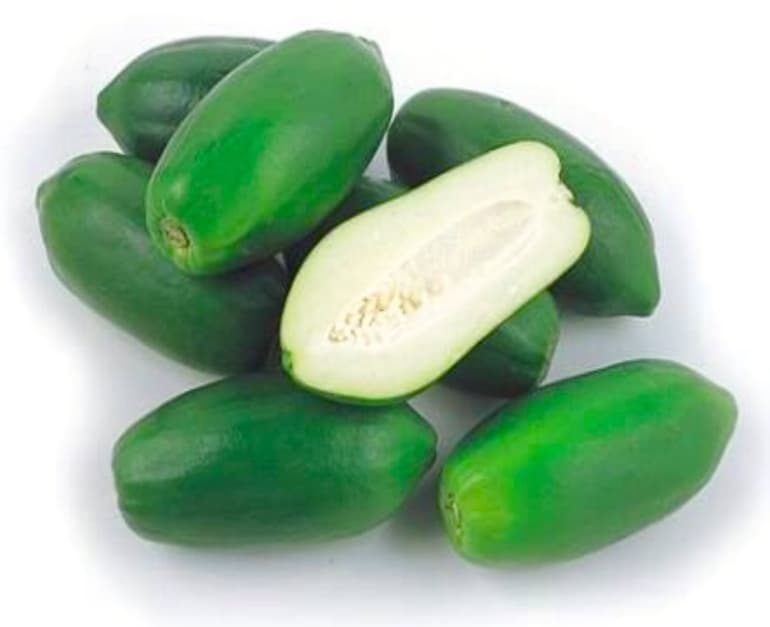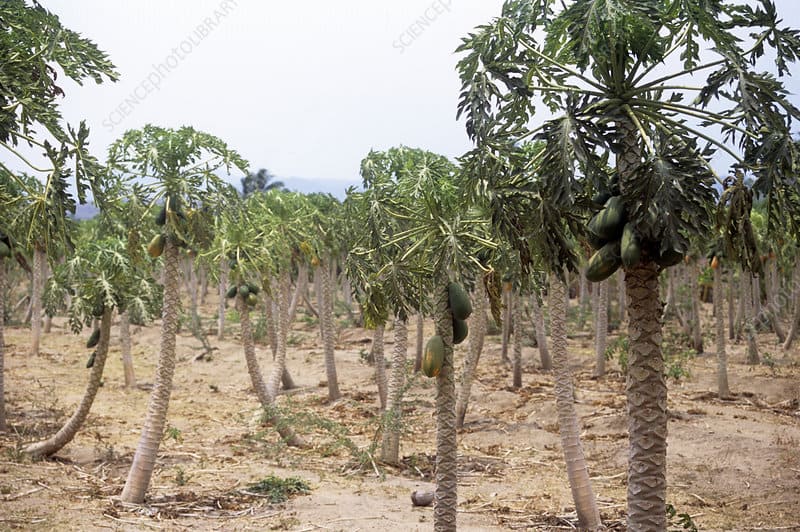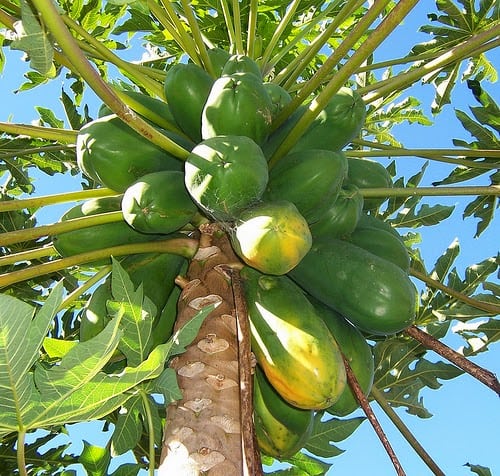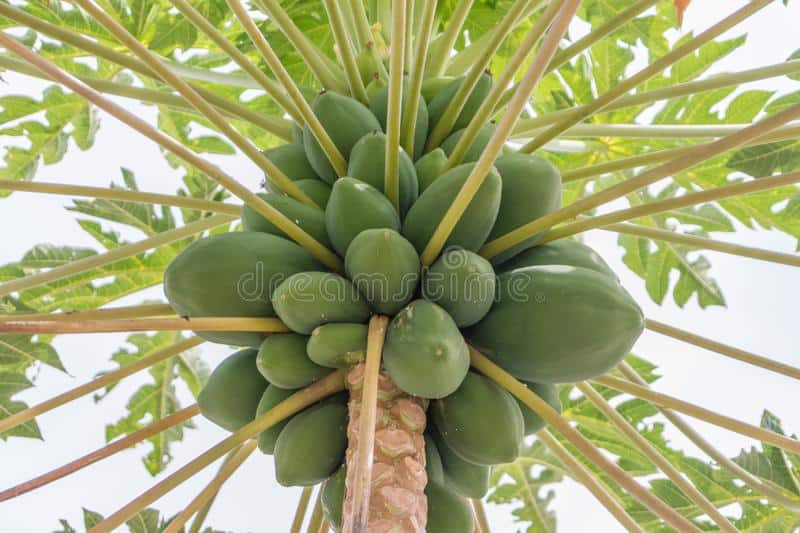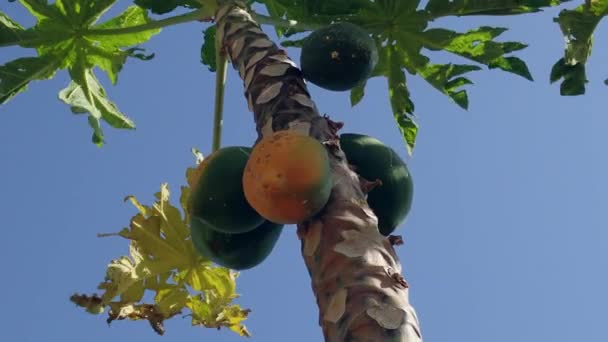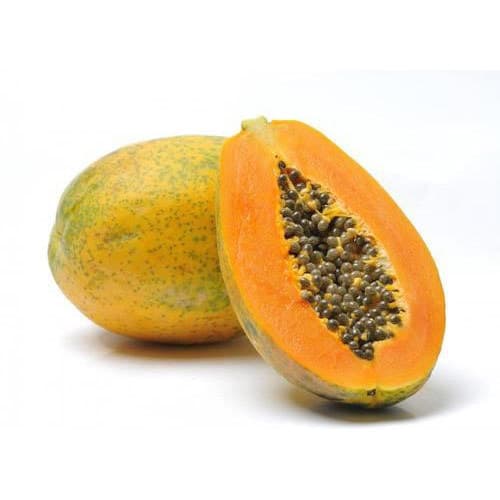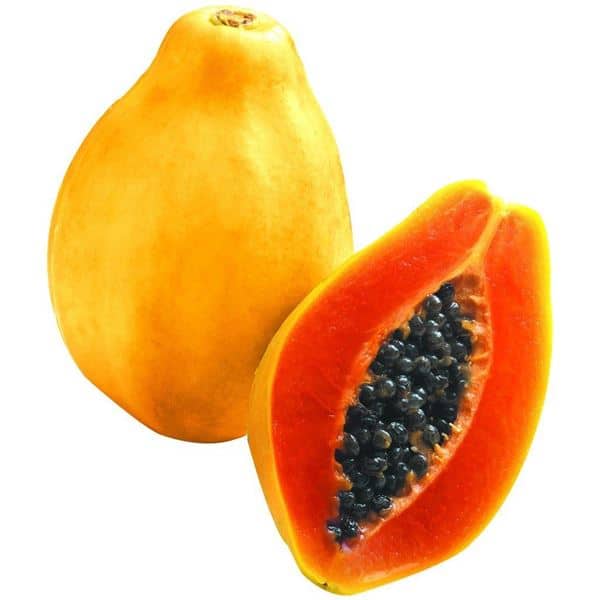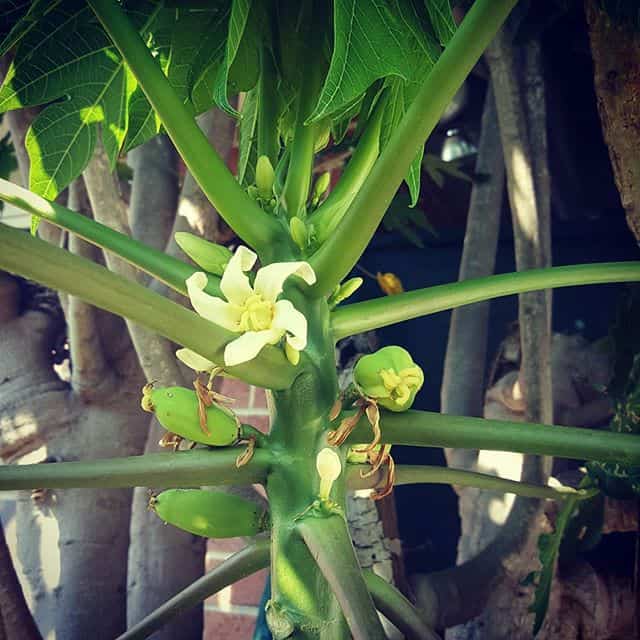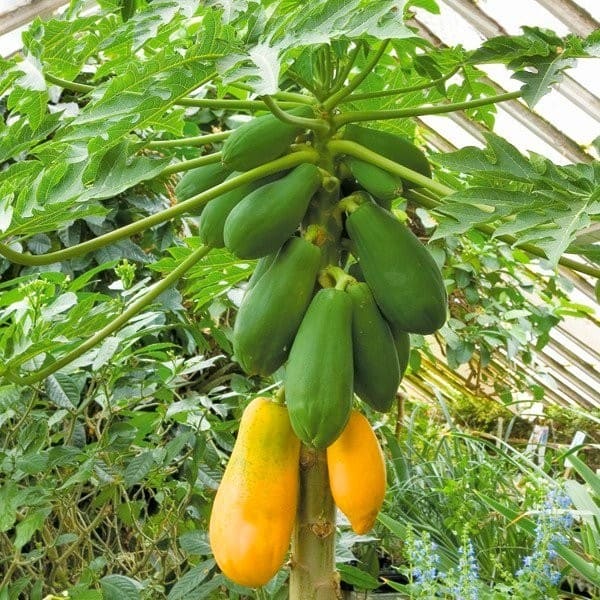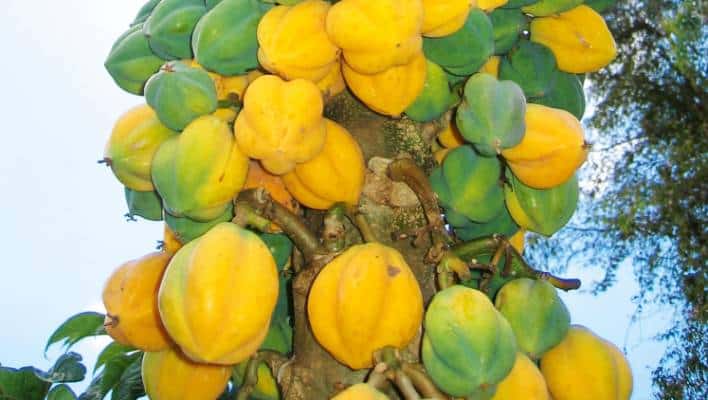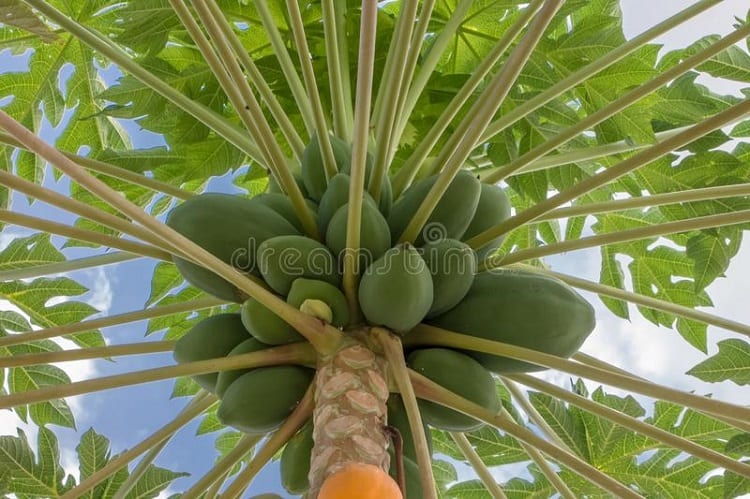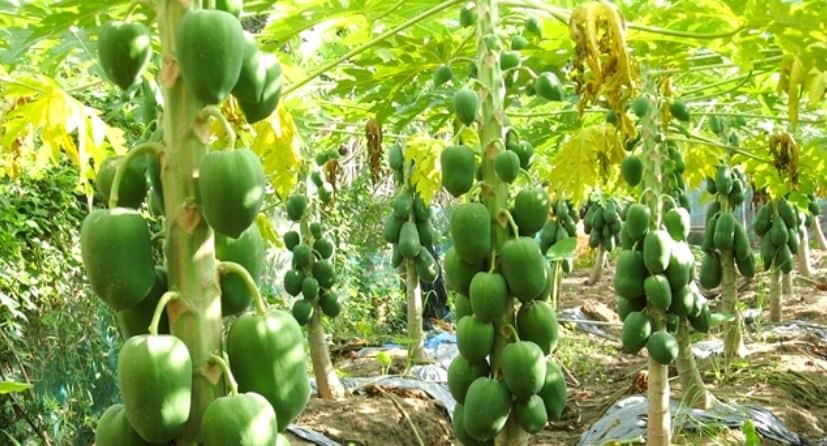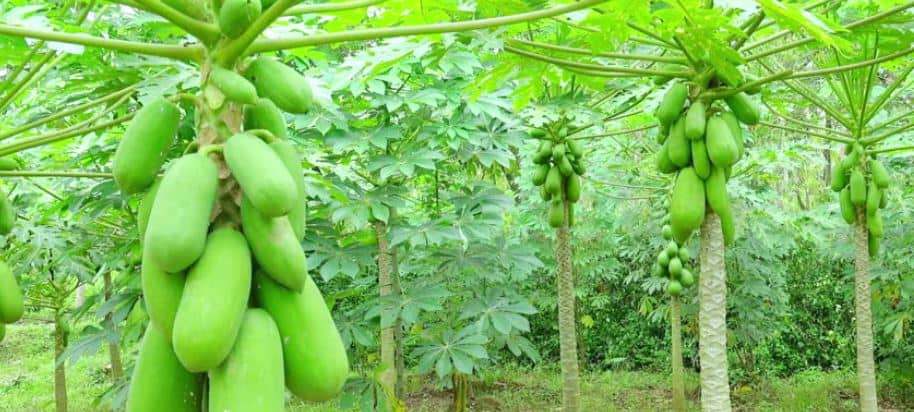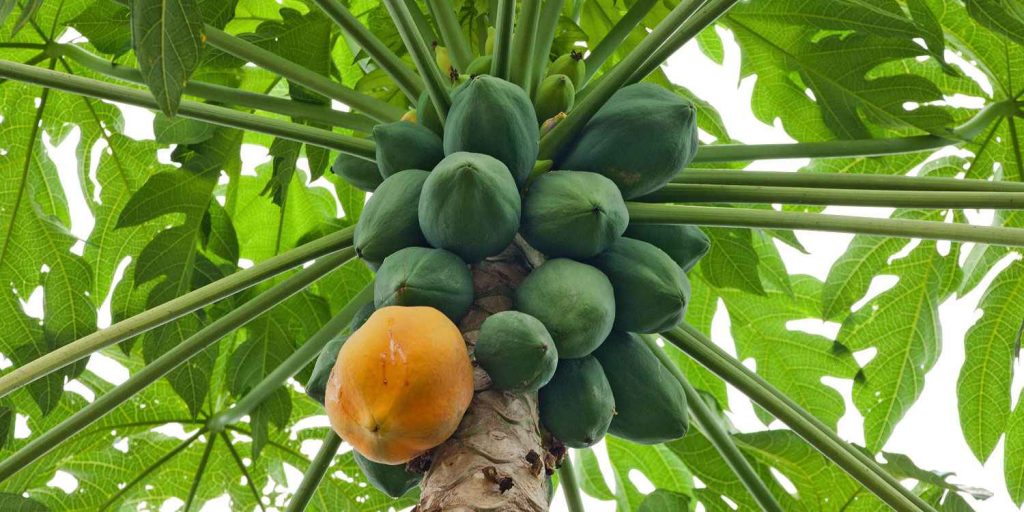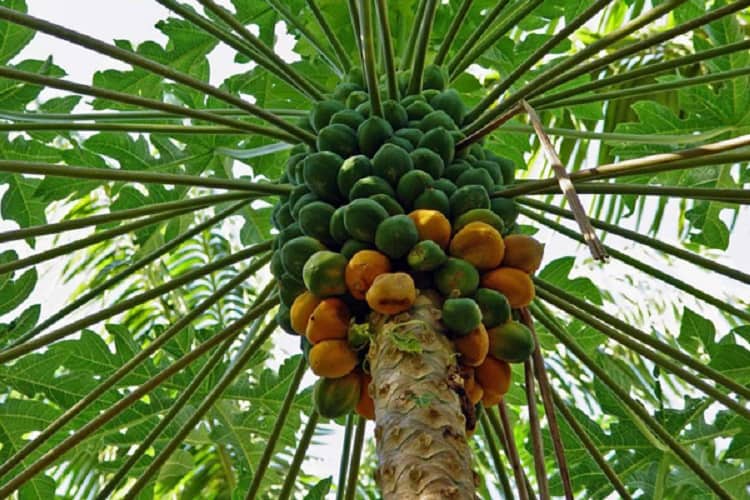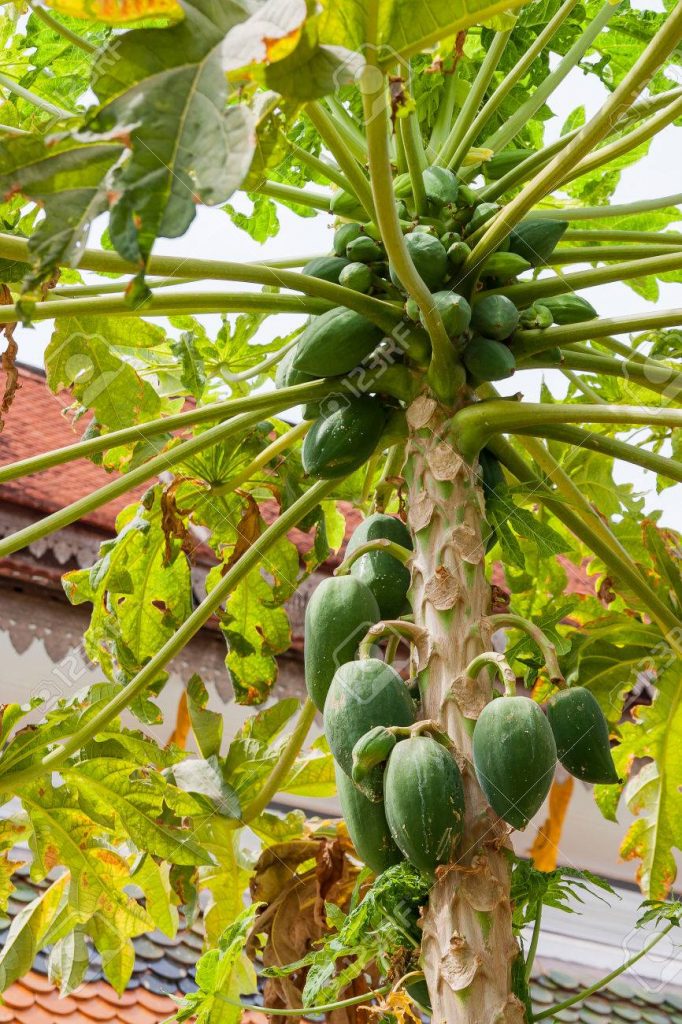Growing pawpaw trees is popular for its aromatic tropical flavor that tastes like a custard made from bananas, mangoes and pineapples. The tasty fruits from pawpaws are popular with squirrels, raccoons, birds and other animals from the wild. They can be ornamental with its conical shaped fruits and its leaves which turns yellow in the autumn season. To take care of a pawpaw tree, you need to maintain the soil moistly and schedule regular addition of fertilizers. In some cases prepare to perform hand pollination during flowering.
About pawpaw trees
Its scientific name is Asimina triloba, they are small deciduous trees that can fit in any landscape. They are native to North America. Pawpaws are wild trees in about 25 eastern states including Ontario. They thrive well in river bottom belts where soils are deep, moist and fertile. Pawpaws love growing in clumps and thickets. They are available in nurseries usually grown from seeds, sometimes you can find grafted pawpaws. If you try to plant a pawpaw seedling dug from the wild, chances of success are minimal, they don’t possess enough mass roots to support itself.
Conditions for pawpaw trees
Growing pawpaw trees is a good practice for hobbyists and farmers for commercial production. Pawpaws flourish well in moist and fertile soils. The PH value of the soil should be slightly acidic to neutral and it should be well-drained. For better returns, add organic matter from a thick layer of compost worked out deep into the soil.
Caring for pawpaw tree
Support young seedlings and saplings with liquid fertilizer until they are grown enough for granular fertilizers. Afterwards, you can use compost manure around the pawpaw tree but make sure to keep the surrounding area weed-free. Pawpaws can’t pollinate themselves, in that case, you need two different trees to produce fruits. To make it worse, insects that assist in pollination aren’t abundant when it comes to pawpaws, you may be required to effect pollination by hand to get good fruits.
To perform hand pollination use an artist paintbrush to transfer pollen from anthers of one pawpaw tree to the stigma of the other. Flowers of a pawpaw tree contain many ovaries, so take note not to over-fertilize because it will lead to over fruiting.
Reasons a pawpaw tree won’t fruit
In most cases, pollination in pawpaws is difficult, it needs efforts from the insects that normally perform the exercise and the farmer. Bees are known to be efficient pollinators, but not the case with pawpaws. I know no better reason behind this, but that is the case, other flies do but they are not as efficient as bees in pollination. Though pawpaws have both male and female parts of a flower, you still need a pollinator in your garden. One of the best strategies to make pawpaws fruit is to become pollinator yourself using a small paintbrush. The other strategy is to attract flies around your crop during the flowering season by hanging roadkill near the plant. This way many flies will concentrate around the pawpaw tree which will encourage pollination.
Now that you have learnt quite a lot about the pawpaw tree, look at the following gallery to get inspired if you are a pawpaw enthusiast or hobbyist.
Check my other articles on Watermelon & Pears.
